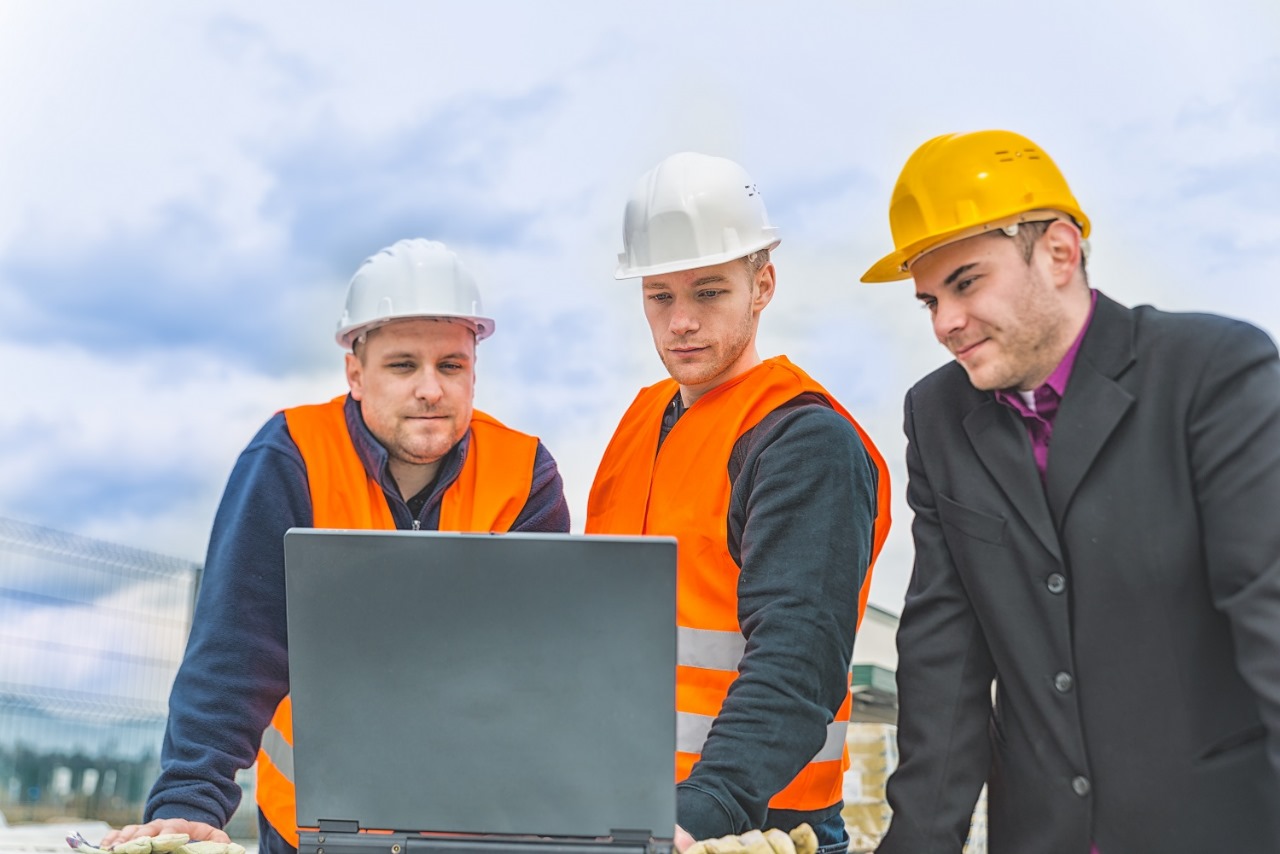
Austin, Texas, is not only renowned for its vibrant culture and booming economy but also for its commitment to sustainability and innovation. A key driver of this green transformation is the construction industry, which plays a pivotal role in integrating renewable energy solutions into the city’s evolving built environment. As Austin continues to grow, austin construction firms are adopting cutting-edge renewable technologies to reduce environmental impact, improve energy efficiency, and contribute to the city’s ambitious climate goals.
This article explores how Austin construction is leading the way in renewable energy integration, highlighting the strategies, technologies, and benefits shaping the city’s sustainable future.
The Green Imperative in Austin Construction
Austin’s rapid growth has brought increased demand for new buildings and infrastructure, which historically could strain natural resources and contribute to pollution. However, a growing awareness of climate change and sustainability has inspired builders and developers to embrace renewable energy sources such as solar, wind, and geothermal power within construction projects.
Citywide Sustainability Goals Driving Change
The City of Austin has committed to ambitious climate initiatives, including achieving net-zero community-wide greenhouse gas emissions by 2050. These targets influence construction standards, encouraging the use of renewable energy systems to reduce carbon footprints. Builders and contractors are responding by incorporating energy-efficient designs and renewable technologies into new residential, commercial, and public projects.
Solar Energy: Powering Austin’s Buildings
Solar power stands out as the most widely adopted renewable energy solution in Austin construction due to the city’s abundant sunshine and favorable policies.
Residential Solar Installations
New housing developments increasingly feature rooftop solar panels as standard or optional features, enabling homeowners to generate clean electricity and reduce utility costs. Builders collaborate with solar providers to streamline installation during construction, which is more cost-effective than retrofitting.
Commercial and Public Sector Solar Projects
Large-scale solar arrays are becoming common in commercial buildings, office complexes, and public facilities. These installations not only offset energy consumption but also demonstrate corporate responsibility and community leadership. Austin’s local incentives and rebates further accelerate the adoption of solar technology in construction projects.
Incorporating Other Renewable Technologies in Construction
While solar dominates, other renewable energy solutions are gaining traction in Austin construction, broadening the sustainability landscape.
Geothermal Heating and Cooling
Geothermal systems use the earth’s stable underground temperatures to efficiently regulate indoor climates. Some new Austin buildings incorporate geothermal heat pumps to reduce reliance on traditional HVAC systems, lowering energy consumption and costs.
Wind Energy Integration
Though less common in urban construction, wind energy is considered for larger developments on the city’s outskirts or industrial parks. Small-scale wind turbines complement solar arrays in hybrid renewable systems, enhancing energy resilience.
Energy-Efficient Building Designs Complement Renewables
Renewable energy integration in Austin construction goes hand in hand with energy-efficient building practices. This holistic approach maximizes the benefits of renewables while minimizing energy waste.
Passive Design and Smart Technologies
Builders employ passive solar design, advanced insulation, and high-performance windows to reduce heating and cooling demands. Additionally, smart building management systems optimize energy use, lighting, and ventilation, ensuring renewables are used most effectively.
Green Building Certifications
Many Austin construction projects pursue certifications like LEED or Austin Energy’s Green Building Program, which emphasize renewable energy use alongside water conservation and indoor air quality. These credentials enhance property values and attract environmentally conscious tenants and buyers.
Economic and Environmental Benefits for Austin
Integrating renewable energy solutions into Austin construction yields multiple advantages for the city, its residents, and the industry.
Lower Energy Costs and Increased Property Value
Buildings powered partially or fully by renewables typically enjoy reduced utility bills. Moreover, energy-efficient and green-certified properties often command higher market values and faster sales.
Job Creation and Industry Growth
The demand for renewable technology installation and maintenance creates jobs in construction trades and specialized sectors, boosting Austin’s economy. It also encourages innovation and skill development within the construction workforce.
Reducing Austin’s Carbon Footprint
By shifting away from fossil fuels, Austin construction contributes significantly to lowering greenhouse gas emissions, improving air quality, and advancing the city’s leadership in climate action.
Challenges and Future Outlook
Despite impressive progress, integrating renewable energy in Austin construction faces challenges such as upfront costs, regulatory hurdles, and workforce training needs. However, ongoing incentives, technological advances, and growing public support continue to drive adoption.
Looking ahead, Austin construction is poised to further embed renewable energy and sustainability into every phase of development, positioning the city as a model for green urban growth.
Conclusion
The integration of renewable energy solutions in Austin construction marks a vital step toward building a sustainable and resilient city. From widespread solar adoption to innovative geothermal systems and energy-efficient designs, the construction industry is at the forefront of Austin’s environmental progress. For builders, developers, and community leaders, embracing renewable energy is not only a responsibility but a tremendous opportunity to create healthier, more cost-effective, and future-ready spaces.
Associated Builders and Contractors remains committed to supporting the construction community in Austin as it navigates these exciting changes — fostering expertise, safety, and sustainability in every project. Together, Austin construction is building a cleaner, greener future for Texas and beyond.